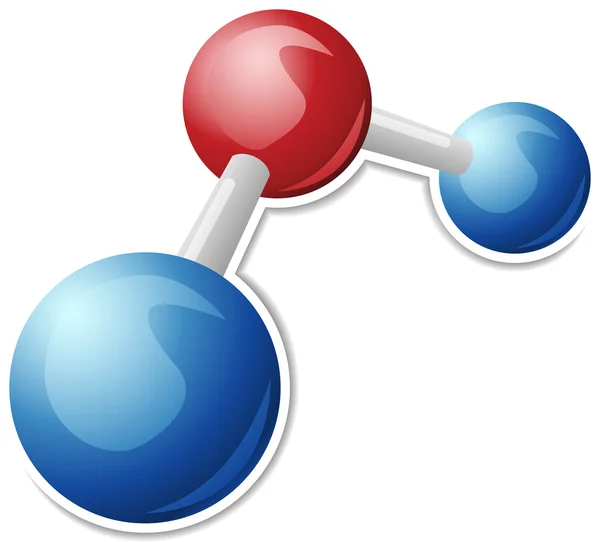FactGrid is a graph database. If you run searches in such a database you should rather not think of a resource filled with tables (of people, places, organizations, documents…) that relate to each other but of something more spatial more geometric.
Think of your own knowledge. You will not be able to give a table of all the names that have a meaning in your knowledge or of all the places related to these names. Our knowledge is more like a web of interrelated objects. Nicolaus Copernicus? Is the man who wrote De revolutionibus. What else do you know?
[...]
